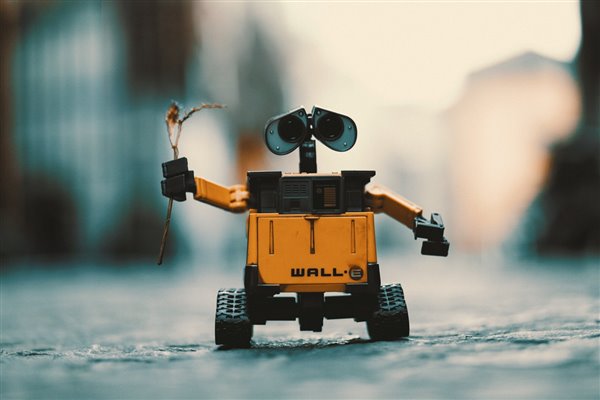3 Ways To Take A School Trip Using Technology
15 January 2018

The more technologies like smartphones and social media seep into our lives, the more concerns are being raised over their adverse effects on our health. And now, with irrefutable and shocking evidence to back up the claims, people are starting to fight back and take active measures to safeguard themselves against them.
Digital detox retreats are now a thing. Several people at Facebook have come out and publicly condemned its creation. In France, from September 2018, all mobile phones will be banned in schools.
It's clear, as we move into an ever more technological world, more needs to be done to advance our understanding and improve how we use our devices and tools. Particularly with younger generations for whom technology will most definitely play a fundamental role in their lives.
Another way we can do this, along with highlighting their harmful effects, is by introducing students to the remarkable ways in which technology can be used — other than for sharing memes and watching cat videos.
Here are three ways you can get the best out of technology in the classroom, while at the same time, saving some money by taking your class on a school trip without even leaving the room.
Google Earth Voyager
Google Earth is without a doubt the best way to travel the world from your fingertips. But up until recently, it was up to individual explorers to roam its monumental collection of satellite imagery and virtually travel to dense jungles, vast deserts, and even previously unexplored lands.
But that's all changed with the new version of Google Earth and a feature called Voyager. Voyager allows users to explore a region or site via guided tours from scientists, nonprofits, and other storytellers and organisations.
Students can be immersed in places like the Costa Rican Thermal Dome through tours that utilise 360-degree videos, Google Maps Street View, photos, and text. And if that isn’t enough, Google is currently putting together lesson plans and other activities to help guide teachers in using the platform in the classroom.
Discovery Virtual Trips
Discovery is known for its popular TV channel that showcases inspiring documentaries and coverage of the natural world. Less know is it for their extensive array of interactive learning materials which are specially designed for use in the classroom.
Discovery Education Virtual Field Trips take students all around the globe allowing them to learn everything from how an egg farm works to what goes on inside NASA to the rich history of the Magna Carta. Helpfully, the trips are categorised by theme, topic, and grade level, so you can always find something to fit your classes’ preferences and your needs.
Virtual reality apps
One of the places virtual reality is set to make a significant impact is in education. And now headsets are getting lower in cost (you can get them for less than £20), and are compatible with most students’ mobile phones, VR in the classroom is a reality today.
There are hundreds of educational virtual reality apps built for the classroom, but those that stand out are the ones that transport students around the planet, or even to other worlds. Titans of Space, for example, provides an in-depth tour of the planets and stars within the Milky Way galaxy.
With a VR headset, such as Google Cardboard, you can also watch Discovery VR 360 videos, explore human anatomy from inside the body with Anatomyou, and take a tour of the world-renowned tomb of King Tutankhamun.
Back to Blog listings